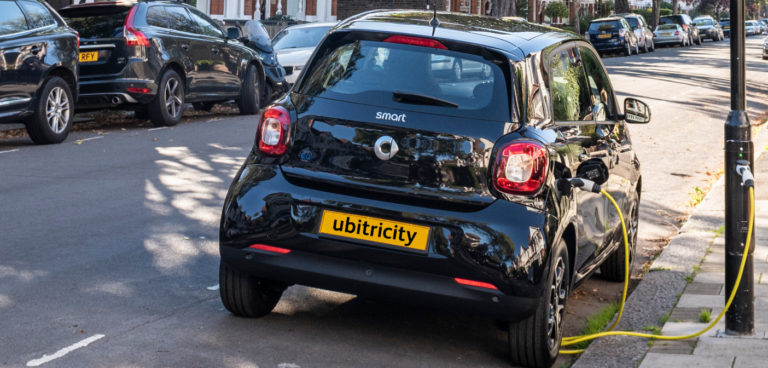Shell aims to install 50,000 on-street EV charge posts across the UK by the end of 2025, through its recently acquired company Ubitricity.
The move is part of a wider effort to bring more EV charging availability to the millions of UK drivers without private parking and help local authorities get charging networks up-and-running as quickly as possible.
Around 3,600 Ubitricity chargers are already in place in the UK, using existing street infrastructure such as lamp posts and bollards. In order to drive take-up to reach the 50,000 figure, Shell will support local authorities with a financing offer to install more Ubitricity on-street chargers in towns and cities across the UK.
Currently, the UK government’s Office for Zero Emission Vehicles (OZEV) covers 75% of the cost of installing on-street chargers, through the On-Street Residential Charging Scheme. For local authorities looking to install Ubitricity charge posts, Shell is prepared to cover the remaining costs, subject to commercial terms.
Recent Nation Audit Office figures show that more than 60% of households in English urban areas do not have off-street parking, this rises to 68% for people living in social housing. David Bunch, Shell’s UK country chair wants to change this and believes financing on-street charging posts is “vital to speed up the pace of EV charger installation across the UK.”
He continues:“Whether at home, at work or on-the-go, we want to give drivers across the UK accessible EV charging options, so that more drivers can switch to electric.”
The UK Committee for Climate Change recently recommended that the UK needed 150,000 public charge points operating across the UK by 2025. Shell’s announcement would account for a third of that total figure.
Transport minister Rachel Maclean, added: “Together with industry and local authorities, we can create cleaner, greener local communities – providing EV charge points for people without off-street parking across the country.
“As more and more people make the switch to electric, this is a great example of how private investment is being used alongside government support to ensure that our EV infrastructure is fit for the future.”





